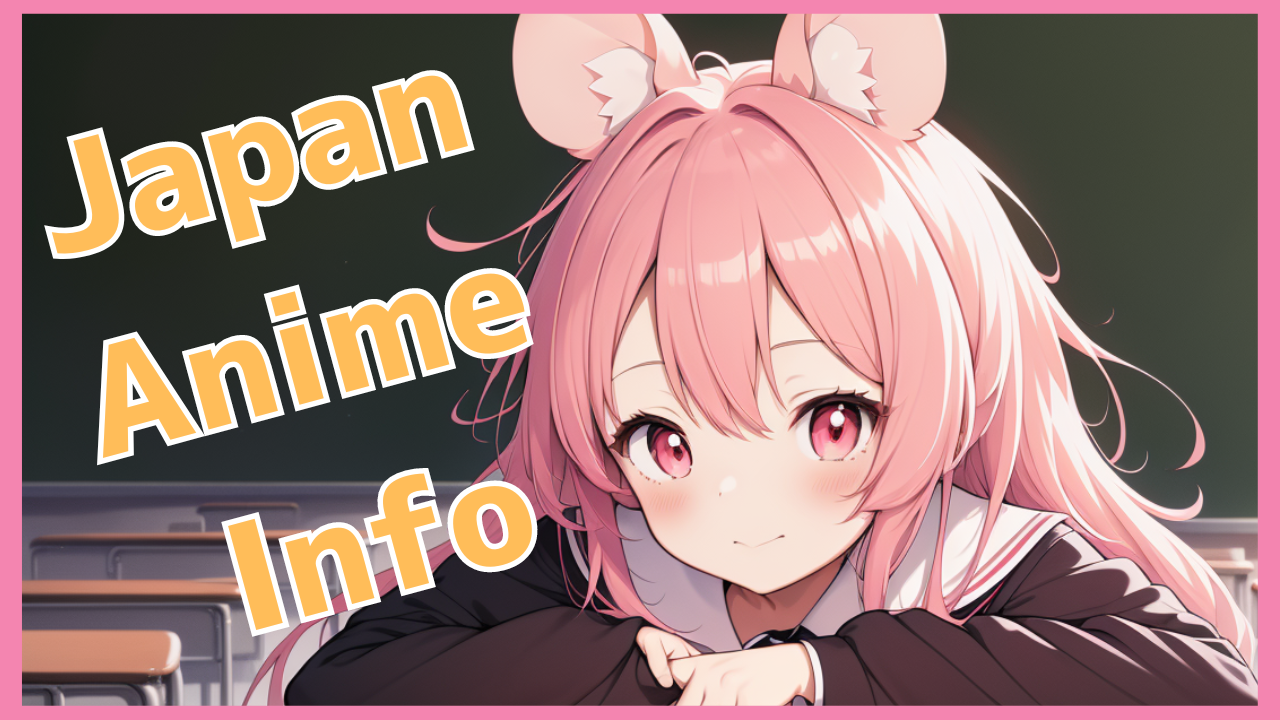The latest original film, “Your Color,” by director Yamada Naoko, one of the leading contemporary Japanese anime creators, is now in theaters.
Since her directorial debut with “K-ON!” in 2009, she has been garnering attention for her high-level directing skills, and while “The Color of You” strongly exudes the flavor of her previous works, it is also full of newness, making it a work that shows her maturity as a writer.
Director Yamada’s career thus far can be roughly divided into three periods. Here, I would like to look back on the style of each period, dividing them into the first, second, and third periods.
The first season covers the era of his directorial debut, the K-ON! series, his first original work, Tamako Market, and its movie version, Tamako Love Story.
“K-ON!”, an anime adaptation of Kakifly’s manga, is a work that warmly looks at the daily lives of girls who gather in a light music club, without depicting any major incidents or stories. I think it was very significant that this work was Director Yamada’s debut work. This is because it was a content that allowed her to fully utilize her sense of finding wonderful things in small, everyday things.
“The Color of You” is the polar opposite of films where the story unfolds with flashy incidents, but because of this, Director Yamada is thorough in focusing on the small details of the characters and capturing their emotions. This sense was honed through the so-called “slices of life” of “K-ON!”, and more importantly, it may have been something he was able to acquire thanks to being affiliated with Kyoto Animation, which had been producing excellent slice-of-life films even before “K-ON!”.
The sequel, “Tamako Market,” depicts the daily life of a homely shopping district with Tamako, the daughter of a rice cake shop owner, as the main character, and its sequel, the movie version, “Tamako Love Story,” as the name suggests, is a warm look at the love life of Tamako and her childhood friend Mochizo. With a comfortable atmosphere of an old shopping district in Kyoto and a style that is full of happiness without any villains, it is a pleasant film to watch.
In the first season, the malice of people is not depicted much, and the goodness of people is fully depicted. Also, the soft form design by character designer Yukiko Horiguchi was essential to creating a warm atmosphere.
The first work in which Director Yamada’s style changed was “A Silent Voice,” released in 2016. The story begins with a boy named Ishida Shoya, who bullied a hearing-impaired girl in elementary school, attempting suicide. The character design was replaced by Nishiya Futoshi, and the style changed to one filled with tension rather than warmth, depicting the ugly side of people, such as envy and jealousy, rather than just beauty.
His next film, “Liz and the Blue Bird,” is a spin-off of “Sound! Euphonium,” in which he was deeply involved as a series director, and was highly praised for its tension-ridden and delicate portrayal of emotions, the most intense in the series. The delicate relationship between Mizore and Nozomi, which could break if even the slightest bit goes wrong, was expressed through subtle movements and music, and the intense relationship between the two was portrayed, drawing high praise.
This work is not just beautiful, but also depicts emotions such as jealousy, and it can be said that the portrayal of human beings is sharper than in the first season.
After moving his production base from Kyoto Animation to Science SARU, Director Yamada’s style changed even further. In the 2021 TV anime “The Tale of the Heike,” he takes on a historical story set in the Heian period, known to all Japanese people. The character designs and art have completely changed from the realistic style used up until now, and he is taking on visuals that emphasize the fact that they are pictures.
However, Director Yamada’s fundamental sense remains the same, and even when he changes the visuals, he still maintains a strong awareness of cutting through camera-conscious direction. In addition, he also used different character designs for his short film “Garden of Remembrance” and an episode of Amazon Prime Video’s “Modern Love Tokyo” (produced by Answer Studio), “The Melody He Plays for the Two of Us,” which gives the impression that his style is expanding.
In his latest work, “Kimi no Iro,” the original character draft was done by Richard Daisuke, and the character designs were done by Takashi Kojima, and the characters are dynamically drawn in a different style than before. At the same time, it has a light-hearted feel like “K-ON!”, and also perfectly captures the intense relationships like “Liz and the Blue Bird,” making it a work that allows you to feel various elements of Director Yamada’s previous works.
Director Yamada has also demonstrated a strong commitment to music throughout his career. His debut work, K-On!, created a boom in girls’ bands, and Tamako Market’s Tamako’s father, a former band member, is an important element.
From A Silent Voice onwards, he has worked with composer Kensuke Ushio to pursue even greater integration of visuals and music. In Liz and the Blue Bird, the performance scenes expressed the strongest emotions, and in The Color of You, he again depicts a story of high school students forming a band.
Looking back on Director Yamada’s career, “Kimi no Iro” is an extension of her previous changes in style, but it also has a core of her consistent attention to detail and sense. Director Yamada is expected to continue to evolve in the future, so I’m looking forward to seeing what kind of style she will have in her “fourth period.”
“Your Color” (C) 2024 “Your Color” Production Committee


コメント